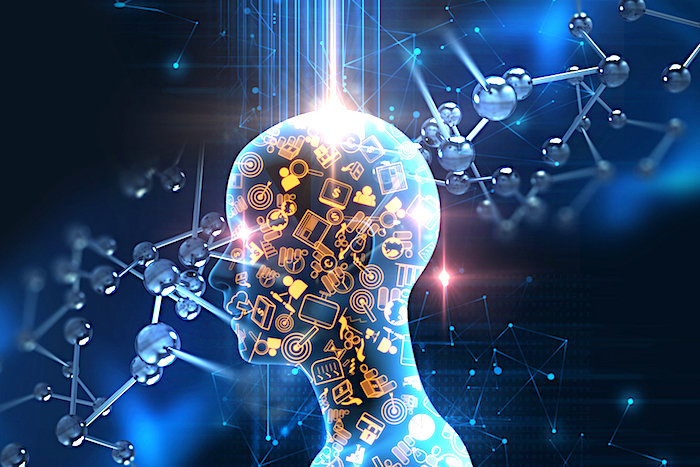
© whiteMocca | Shutterstock.com
Forget the Terminator. The next robot on the horizon may be wearing a lab coat.
Artificial intelligence (AI) is already helping scientists form testable hypotheses that enable experts to run real experiments, and the technology may soon be poised to help businesses make decisions, one scientist says.
However, that doesn't mean the machines will be taking over from humans entirely. Instead,
humans and machines have complementary skillsets, so AI could help researchers with the work they already do, Laura Haas, a computer scientist and director of the IBM Research Accelerated Discovery Lab in San Jose, California, said here Wednesday (Dec. 7) at the Future Technologies Conference. [
Super-intelligent Machines: 7 Robotic Futures]
"The machine will come to be a strong partner to humans," akin to the android Data on the TV series
Star Trek: The Next Generation, Haas said.
Big DataThough many people fear a future where our robot overlords surpass humans in almost every capacity, in reality, machines have long outpaced mere mortals at many tasks, such as doing incredibly fast mathematical computations. But this dominance is nowhere clearer than in the realm of
Big Data.
"Global scientific output doubles every nine years; 90 percent of the data in the world today has been created in the last two years alone; 2.5 exabytes of data are created every day," Haas said. (An exabyte is equivalent to 1 billion gigabytes.) In the competition between man and machine, computers are the undisputed winners at processing and assimilating all this information, Haas said.
Angel of deathAfter
IBM's Watson trounced Ken Jennings in Jeopardy!, Dr. Olivier Lichtarge, a molecular biologist at Baylor College of Medicine in Texas, contacted Haas' group to see if similar technology could help him in his research. Lichtarge was looking at a
specific gene, called p53, which is dubbed the cell's "angel of death," Haas said. The gene helps direct the cell through its life cycle and kills aging or damaged cells. In about
50 percent of cancer cases, there is some problem with how p53 is functioning, Haas added. What's more, research had revealed that certain molecules, called
kinases, played a key role in the functioning of p53.
But, there were more than 70,000 scientific papers written about this gene, and 5,000 new studies are cropping up each year. A lab assistant could never read all the literature to identify good kinase candidates, so Lichtarge asked the group to
build a program that could read through the existing literature and then identify molecules that might act as kinases to p53.The AI assistant scanned through hordes of medical abstracts from studies published before 2004, and
identified nine different kinase molecules that were potentially affecting the activity of p53. In the ensuing decade, other researchers had identified seven of those molecules as kinases.
Two, however, were never mentioned in all of the literature. "They went off and tried to do some experimentation in the lab," Haas said. "About a year later, we had proof both in vivo and in vitro experimentation that these two were kinases."
Of course, Watson isn't yet up to the level of a brilliant and trained research scientist. In this instance, AI was used to tackle a narrow, straightforward problem that was very well posed, and it also benefited from a wealth of scientific data, Haas said. But the results were exciting nonetheless, she said.
"90% of the data.... " but isn't a large part of the data corrupted? As for Mr. E, is that type of persona even allowed these days? Isn't that 'cult of personality' deemed illegal for anyone outside of the establishment? And Mr. E didn't start off as a made member of that club, and might have the same problems as the Trumpster.